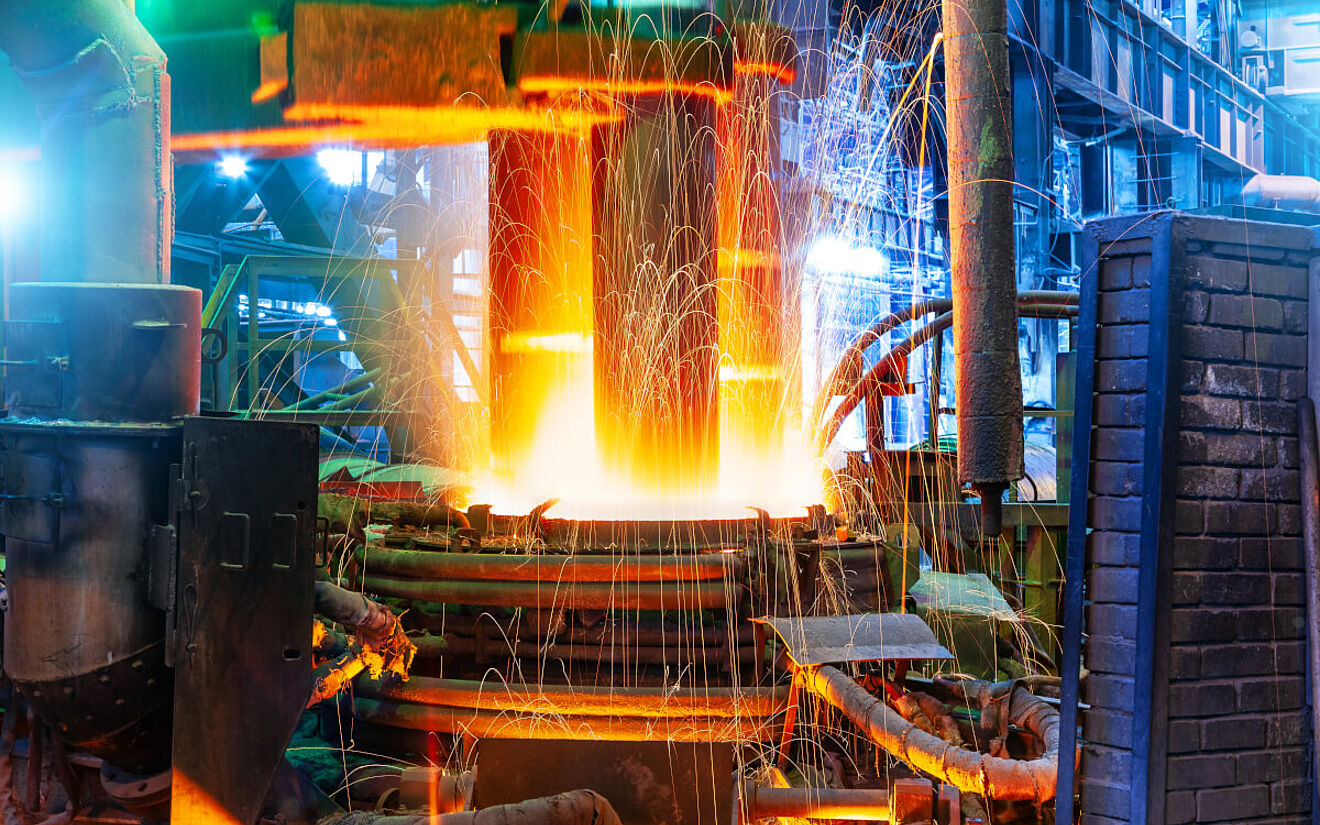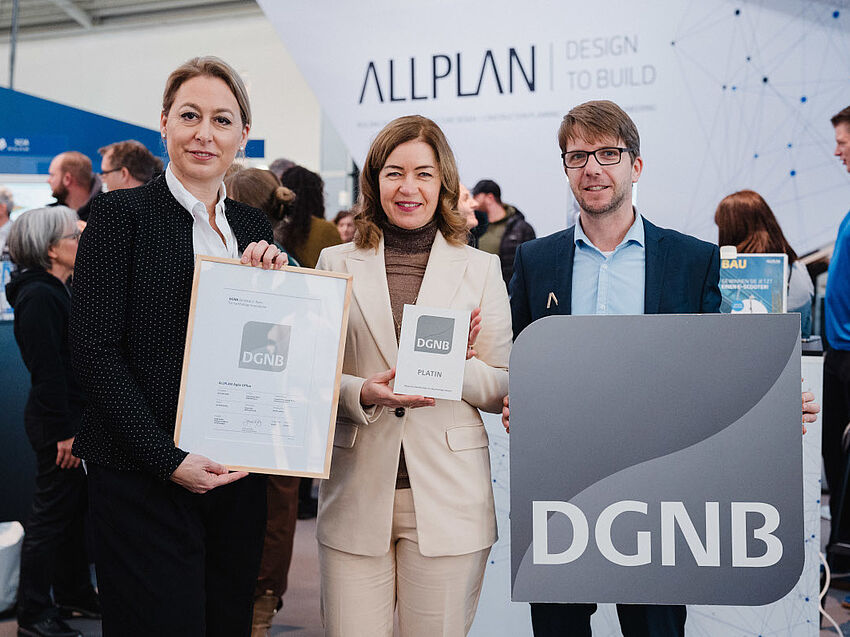Cement production is one of the world’s largest sources of industrial carbon emissions, responsible for around 7.5 percent of global CO₂ output. For decades, researchers have sought ways to decarbonize the process without compromising the strength, durability, or scale of this essential material. Now, scientists at the University of Cambridge believe they may have found a solution that could transform the environmental footprint of construction.
Their discovery, published in Nature, demonstrates a method for recycling used cement into new, zero-emissions material by harnessing the electric-arc furnaces already used in steel recycling. If adopted at scale, the process could close one of construction’s most stubborn emissions loops by turning demolition waste into a clean, reusable resource.
From Waste to Resource
The innovation – now being developed commercially by the spin-off Cambridge Electric Cement Ltd – centers on the hydrated cement paste found in old concrete. When buildings are demolished, this paste is typically discarded or downcycled as low-grade aggregate. The Cambridge team discovered that it can instead be recovered and fed directly into an electric-arc furnace during steel recycling.
In conventional steelmaking, lime and dolomite are added to the furnace as a “flux” to bind impurities and form slag, which releases large volumes of CO₂. The researchers replaced that lime flux with recycled cement paste that has already been decarbonated during its first use. When heated over molten steel, the paste reacts to form Portland clinker, the mineral component of new cement.
Because the chemical reactions are driven entirely by electricity, and because the material no longer contains carbonates to burn off, the process emits no CO₂. If powered by renewable energy, it can produce genuine zero-emissions cement, while simultaneously reducing the carbon footprint of steel recycling by cutting demand for fresh lime.
This industrial symbiosis, combining two of the world’s most carbon-intensive sectors, represents a rare win-win for heavy industry and the built environment alike.
A Step Toward Circular Construction
The implications are extremely promising. Traditional cement production emits CO₂ from two main sources: about 40 percent from fuel combustion and roughly 60 percent from the chemical breakdown of limestone. Electric cement recycling eliminates both, offering a path to fully circular concrete production.
According to the Cambridge researchers, global adoption could cut up to 2-3 billion tons of CO₂ each year – equivalent to nearly 80 percent of the cement sector’s projected 2050 emissions. In the UK alone, combining domestic steel scrap and demolition waste could yield several million tons of recycled clinker annually.
The team also found that the resulting material performs on par with, and in some cases exceeds, the strength and hydration characteristics of conventional Portland cement. Mortars made with the recycled clinker showed similar setting times and strength development to commercial equivalents, confirming its suitability for mainstream construction use.
If scaled successfully, the process could enable future cement demand to be met entirely through recycling. In other words, every ton of old concrete could become feedstock for new construction, creating a closed loop that was once considered impossible.
Overcoming the Challenges
Despite its promise, several hurdles remain. The first is the recovery of cement paste itself. Separating it from crushed concrete has long been technically possible but rarely economical. While specialist equipment now exists, large-scale adoption will depend on investment in recycling infrastructure and supportive policy frameworks.
The second challenge lies in aligning two major industries. Steel and cement manufacturing operate under distinct supply chains, regulatory systems, and commercial drivers. Integrating their processes – even partially – will require coordination, standards development, and careful quality assurance to ensure consistent material performance.
Nonetheless, the path to commercialization is already taking shape. The research team has founded Cambridge Electric Cement Ltd, a spin-off company supported by Innovate UK funding, to scale production and conduct pilot trials. The UK’s rapidly growing supply of scrap steel and construction waste offers a strong foundation for early deployment, with potential for international replication as electric-arc furnaces expand globally.
Rethinking Materials and Waste
Cement has long been both the backbone and the burden of modern development. Its durability and versatility built our infrastructure, but its emissions have strained the planet. The discovery of electric cement recycling suggests that those two truths no longer need to coexist.
The breakthrough also highlights a broader re-evaluation of how construction materials are designed, used, and recovered. As the industry works toward net-zero targets, the focus is shifting from incremental efficiency gains to fundamental circularity, ensuring that materials remain valuable after a building’s first life.
Other technologies such as low-carbon concrete, supplementary cementitious materials, and carbon-capture systems are all part of the solution. Yet the Cambridge approach is distinctive because it requires no new chemistry or exotic feedstocks, only smarter reuse of what already exists.
By integrating material recovery with existing industrial processes, it aligns perfectly with the principles of circular economy thinking: eliminate waste, retain value, and decouple growth from resource consumption. For architects, engineers, and contractors, it represents a glimpse of a future where structural materials regenerate themselves through closed-loop design and production.




